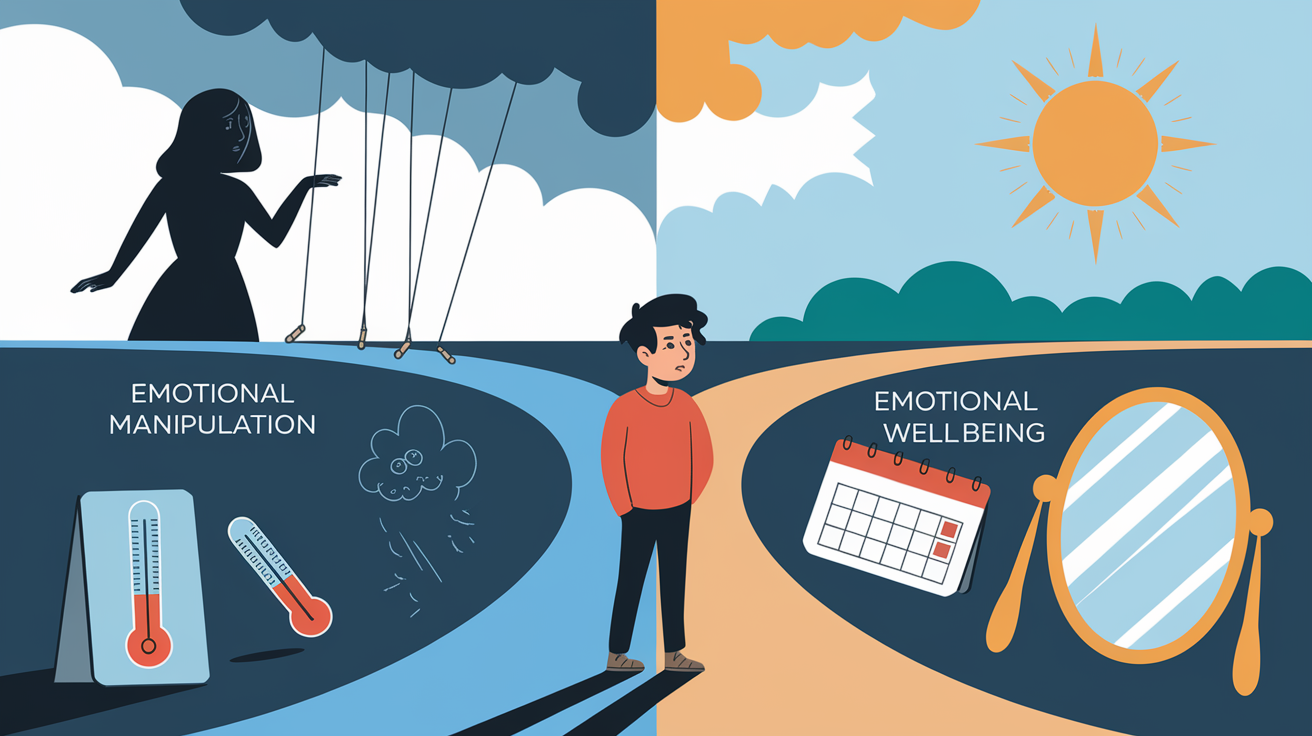Long-distance relationships (LDRs) bring a unique set of challenges. One of the biggest questions couples face is who should move to close the distance. Moving is a major decision that can have a big impact on both partners.
It’s essential to consider many factors to make an informed and balanced decision. This post will help break down the key considerations that can guide you and your partner in making the right choice.
The Challenges of Long-Distance Relationships
Long-distance relationships are difficult for many reasons. One challenge is the emotional distance. When you’re not physically together, it can be hard to stay emotionally connected.
Without regular face-to-face interactions, you may start to feel disconnected. This can cause loneliness, frustration, and even doubts about the future of the relationship.
Communication is another challenge. In-person conversations are often more meaningful than text messages or phone calls. Misunderstandings can happen more easily when you are apart, leading to unnecessary conflicts.
Another problem is the lack of shared day-to-day experiences. Being far apart means you miss out on routine activities that couples often share. Without these shared experiences, it can be harder to build a strong bond and deep connection.
Trust and commitment also play a crucial role in a long-distance relationship. Being apart can test how strong your trust is.
You may wonder if your partner is as committed as you are. These emotional struggles can make it even more difficult to decide who should move in when the time comes.
What Is A Yes Man In A Relationship
Factors to Consider When Deciding Who Should Move
When deciding who should make the move in a long-distance relationship, you need to consider several factors. These factors will help you weigh the pros and cons for each partner.
Career and Job Opportunities
One of the biggest factors to think about is career. Moving can significantly affect one partner’s job. If one person has a stable job or better career opportunities in their current location, this should be a consideration.
For some, a job can be difficult to move away from, especially if it offers growth or security. The partner moving might face difficulties finding a job with similar opportunities in the other person’s city or country.
It’s important to evaluate how each partner’s career will be affected by the move. If one person has more flexibility in their job or if the other’s career is location-dependent, that can be a deciding factor.
Living Arrangements and Lifestyle
The place you move to should match your lifestyle preferences. If one partner loves the city they live in while the other prefers a quiet town, it’s important to have a conversation about preferences.
The cost of living is another factor. Is one location much more expensive than the other? Can both partners afford the cost of relocating or living in a more expensive area?
Compromises will need to be made. A move to a new place should consider the comfort and happiness of both people, so it’s important to discuss how each person feels about the potential relocation.
How to Play a Girl Who is Playing You
Family and Social Connections
Family and friends are a huge part of life. For some people, leaving their home for a new city can be a challenge.
Think about how much a person is willing to leave behind. If one partner has a close family or support network, it could be a tough decision. The emotional toll of leaving home can be overwhelming for some.
On the other hand, a person who has fewer ties to their current location may find it easier to move. Family connections can weigh heavily on the decision-making process, so it’s important to discuss these emotional factors.
Relationship Goals and Future Plans
Consider the long-term goals of your relationship. Are both partners ready for a future together? If so, where do you both see yourselves in the long run?
A conversation about future plans will help you understand what each partner wants from the relationship. If both partners are looking for stability and want to settle down in the same location, the move will likely be easier.
However, if one partner is uncertain about the relationship, it may complicate the decision. Moving for love should come from a place of mutual commitment and future planning.
The Benefits of One Partner Moving
There are clear advantages to one person making the move in a long-distance relationship.
Building Closer Connection
One of the best benefits of moving is that it allows you to connect on a deeper level. Physical proximity allows for more intimate moments, shared experiences, and emotional bonding.
When you live together, you can spend time doing simple activities like cooking dinner, watching movies, or going for walks. These small moments build a stronger connection. The act of being physically together allows the relationship to grow in ways that a long-distance connection can’t.
Less Stress and Uncertainty
Living in separate locations adds stress and uncertainty. Travel schedules, time zone differences, and constantly feeling apart can lead to anxiety.
When you finally live together, the uncertainty vanishes. You can plan your days, vacations, and activities without worrying about long flights or waiting for a weekend together.
Moving removes a lot of the logistical challenges that come with a long-distance relationship. Both partners can focus more on their future without the constant concern of when the next visit will be.
Establishing Stability
Relocating can create a stable foundation for your relationship. It signals commitment and shows that both partners are invested in making the relationship work.
Stability is essential in building trust and confidence in the future. When both partners live in the same place, it creates a foundation for growth.
This stability is especially important when discussing long-term plans, like marriage or children. A stable relationship allows you to focus on your future goals.
The Challenges of One Partner Moving
While moving in together has many advantages, there are also challenges. These challenges are important to consider when making your decision.
Sacrifices and Adjustments
Moving often requires sacrifice. The partner who relocates may have to leave family, friends, or even a familiar city. The emotional toll of leaving everything behind can be difficult to handle.
Adjusting to a new location can also be tough. The partner moving may face culture shock, especially if the move involves relocating to a new country or city with a different lifestyle.
The emotional burden of this transition should not be overlooked. Both partners must be ready to support each other through these adjustments.
Risk of Imbalance
There is a risk of imbalance when one partner makes the move. The person moving might feel that they have sacrificed too much. They could start to feel resentment or that the relationship is not equally balanced.
If the relationship becomes one-sided, it could lead to frustration. This imbalance can affect the overall health of the relationship, so it’s essential to ensure that both partners feel equally committed to making the move successful.
What Happens If Both Partners Are Willing to Move?
Sometimes, both partners may be willing to move. If this is the case, compromise is key.
The Idea of Compromise
Both partners need to discuss what each person wants. If both have strong attachments to their current locations, finding a middle ground is important. This might involve finding a new city where both can start fresh.
A “neutral” location can be a good option, but it requires both partners to give something up. The move should be mutually beneficial.
Financial and Logistical Considerations
When both partners are moving, the financial and logistical aspects can be more complicated. There may be additional costs for both people to relocate, which could be a concern.
Planning the logistics carefully will make the process easier. You may need to plan where to live, find jobs, and make arrangements for a smooth transition.
Practical Steps for Making the Decision
Before making any decisions, have an open and honest conversation. Discuss all the factors, including career, lifestyle, and family connections.
Deciding who should move in a long-distance relationship requires mutual respect, understanding, and compromise. Each partner should consider what they want from the relationship and how the move aligns with those goals.
Setting a timeline for the move and planning the next steps will help reduce uncertainty. This process requires patience, communication, and clear planning.
Final Thoughts
Deciding who should move in a long-distance relationship is a big decision. There is no perfect answer. Each relationship is unique, and the decision will depend on career, family, goals, and emotional readiness.
Both partners need to weigh the pros and cons carefully. Moving requires commitment and compromise, but it can lead to a deeper, more connected relationship. Take time to talk about the future, set clear expectations, and make sure the decision benefits both partners equally.






